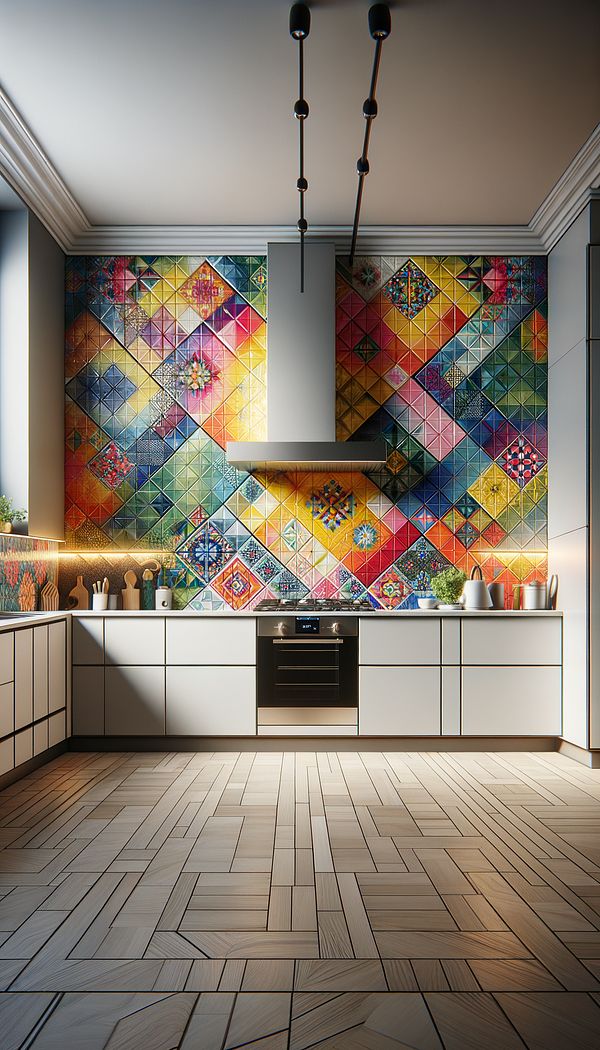What is a Backsplash?
A protective surface on a wall, typically found in kitchens and bathrooms, that shields against splashes and spills.
Description
A backsplash is an essential feature in kitchens and bathrooms that serves both a functional and aesthetic purpose. Traditionally positioned above countertops and behind sinks and stoves, backsplashes are designed to protect the wall from water splashes, grease, and other potential stains. Made from a variety of materials including tiles, glass, stainless steel, and natural stone, backsplashes offer a unique opportunity to add personality and style to a room.
The choice of material can significantly impact the overall look of a kitchen or bathroom. For instance, tile backsplashes can range from simple, monochromatic designs to intricate patterns and mosaics, allowing for a high degree of customization. Glass and stainless steel options provide a sleek, modern aesthetic, while natural stone offers a timeless, rustic charm. Beyond their protective function, backsplashes can serve as a focal point in room design, tying together different elements of the room's decor.
Usage
In a modern kitchen, a bright, geometric tile backsplash might be installed to add a pop of color and complement the sleek, minimalist cabinetry. Alternatively, in a bathroom, a marble backsplash could be used behind the vanity to add a touch of luxury and durability. Backsplashes are also commonly used in commercial settings, such as behind bar areas in restaurants, to not only protect the walls but also to add to the atmosphere of the space.
FAQs
-
Can a backsplash be installed in any room?
While backsplashes are most commonly found in kitchens and bathrooms, they can technically be installed in any room where wall protection from splashes or spills is desired. However, their practical benefits are best utilized in areas with higher exposure to water or cooking residues.
-
How do you clean a backsplash?
Cleaning a backsplash depends on the material it's made of. Tiles can be wiped down with a damp cloth and a mild detergent. Glass and stainless steel may require specific cleaners to avoid streaks. Natural stone backsplashes might need special stone cleaners and occasional sealing to prevent stains.
-
Are backsplashes expensive?
The cost of a backsplash can vary widely based on the material chosen and the size of the area covered. While ceramic tiles can be relatively inexpensive, materials like natural stone or custom-designed tiles can significantly increase the cost. Labor costs for installation also play a role.
Practical Application
When choosing a backsplash, consider both the aesthetic and functional requirements of your space. Opt for materials that complement the style of your kitchen or bathroom and are durable enough to withstand the environmental conditions of the area. Regular cleaning and maintenance will ensure your backsplash remains both protective and visually appealing for years to come.
-
Materials & Textiles360 articles
-
Decorative Techniques322 articles
-
Wall Treatments & Finishes157 articles
-
Kitchen & Bath37 articles
-
DinetteA small dining area, often adjoining a kitchen or living space, designed for informal meals.
-
ShirringShirring is a sewing technique that gathers fabric.
-
ClusterCluster refers to a group of objects or elements intentionally placed together to form a cohesive arrangement.
-
SconceA sconce is a wall-mounted light fixture.
-
QuiltA quilt is a multi-layered textile comprised of a woven cloth top, a layer of batting or wadding, and a woven back, combined using the technique of quilting.
